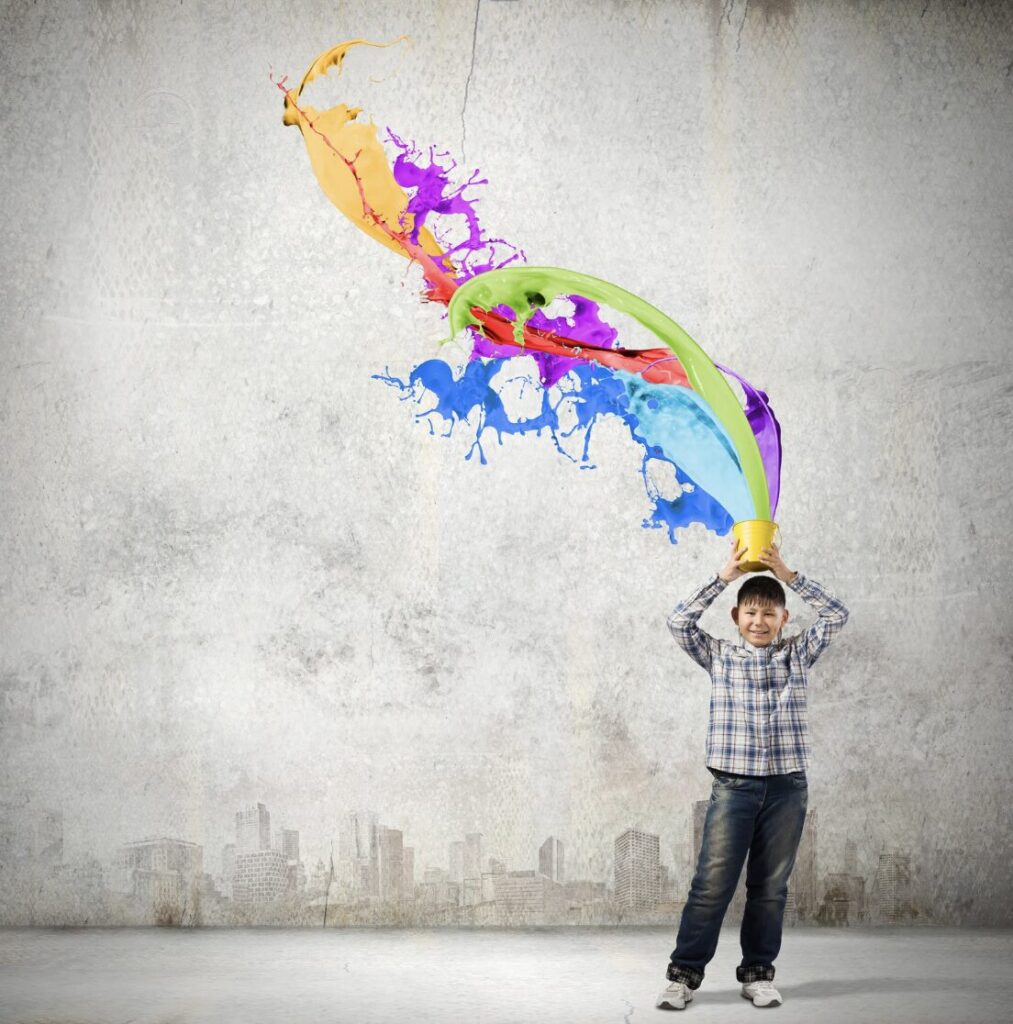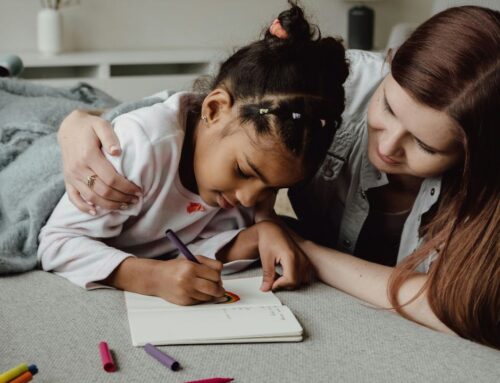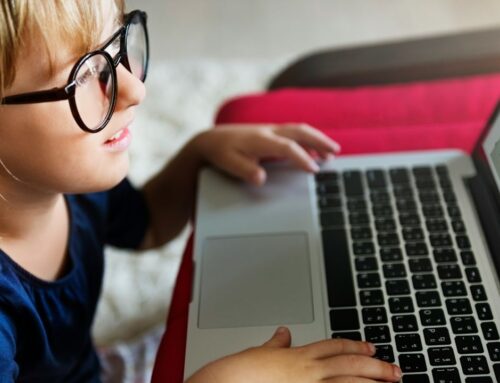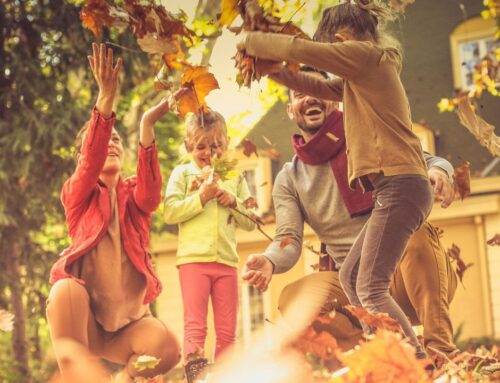Play is more than just fun—it’s a powerful tool for creativity and imagination. When children play, they experiment, dream and explore new ideas, all of which help build the foundation for innovative thinking. For home learners, play and creativity go hand in hand, fueling curiosity and discovery.
Both play and creative projects encourage critical thinking and problem-solving. Home learners have the unique advantage of blending lessons with hands-on activities, transforming learning into an exciting process rather than a chore. With the flexibility to follow their interests and passions, home learners can explore without limits, allowing their creativity to flourish!
How hands-on learning through creativity and exploration shaped one learner’s education

Former Wondertree and Selfdesign learner Tallisen Soong Smith used play as a learning tool during her years of home learning and remembers how valuable it was for her to be able to play without limits or restrictions.
“It was only in my 20s that I realized I’d been able to play for longer than most of my peers,” Tallisen says. “I think that really impacted who I am now as a person. It was just so freeing, open and authentic to be able to play until I was 10 years old instead of having to be in a very structured environment. It became something I treasured.”
One time, Tallisen borrowed a human-skeleton model from school and named it Dead Tim 2, which she would often use as a puppet. Spending this time with Dead Tim 2 helped her learn human anatomy. Hands-on projects that fused play and creativity were a big part of her learning, including building forts, rabbit hutches and a dollhouse, which in turn sparked an interest in architecture.
Tallisen’s story highlights the power of play in shaping a lifelong love of learning and the value of preserving the mindset of childlike wonder long after childhood. When play and creative, hands-on projects are infused into everyday learning, it not only makes learning enjoyable but also helps learners discover new passions.
Feeding two birds with one worm: how play and creativity can enhance learning and build community
Playing with others isn’t just fun—it helps children build social intelligence. It also gives children an opportunity to practice communication, empathy and even negotiation skills, depending on the game or activity. Pretend play, for example, allows children to role-play different scenarios and step into new perspectives, helping them develop empathy.
Meanwhile, group games—whether in person or online—provide opportunities to solve problems, work toward a common goal, and practice teamwork. Completing a challenge or winning a game builds confidence, reinforcing the idea that learning can be both rewarding and enjoyable.
Infusing play, games, sports and creative activities into everyday learning keeps children engaged, inspired and curious. As a bonus, it’s also a great way to channel their endless energy!
Rethinking education: The power of fun-infused learning
Many people believe that education has to be rigid and difficult to be effective. That’s simply not true! Learning through play fosters creativity, critical thinking, and a deeper understanding of concepts—because when kids enjoy what they’re doing, they learn better.
Traditional schools often treat art, music and physical education as “electives,” while recess and lunchtime may be the only opportunities for free play. In contrast, home learning recognizes that play and creativity are not just side activities—they are essential to the learning process. In fact, learning may simply be the by-product of playtime!
By embracing fun and imagination, home learners cultivate a lifelong love of discovery. Education doesn’t have to be serious to be meaningful—sometimes, the best learning happens when children are simply playing.







